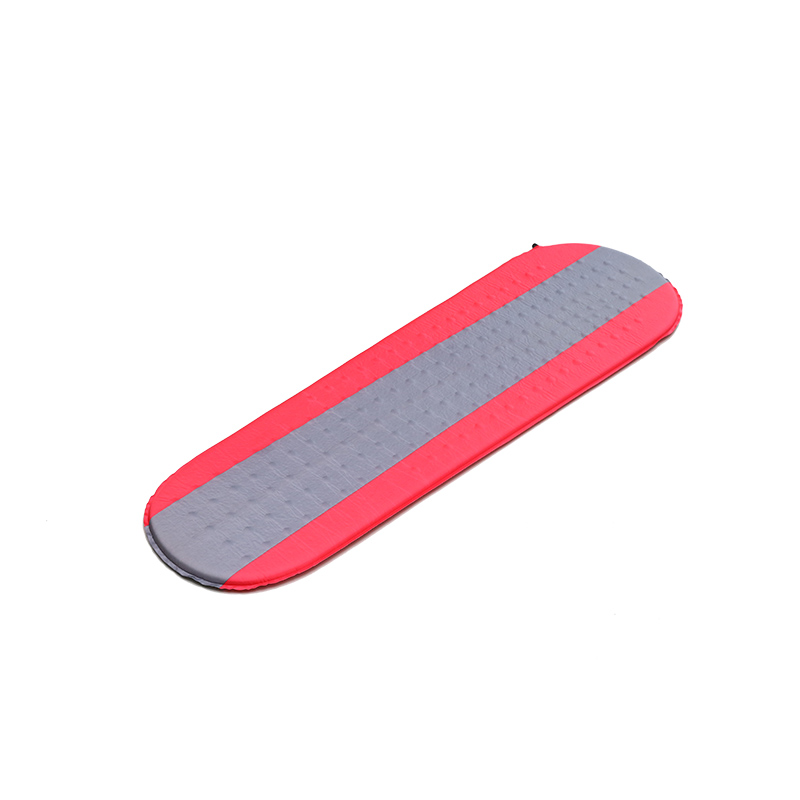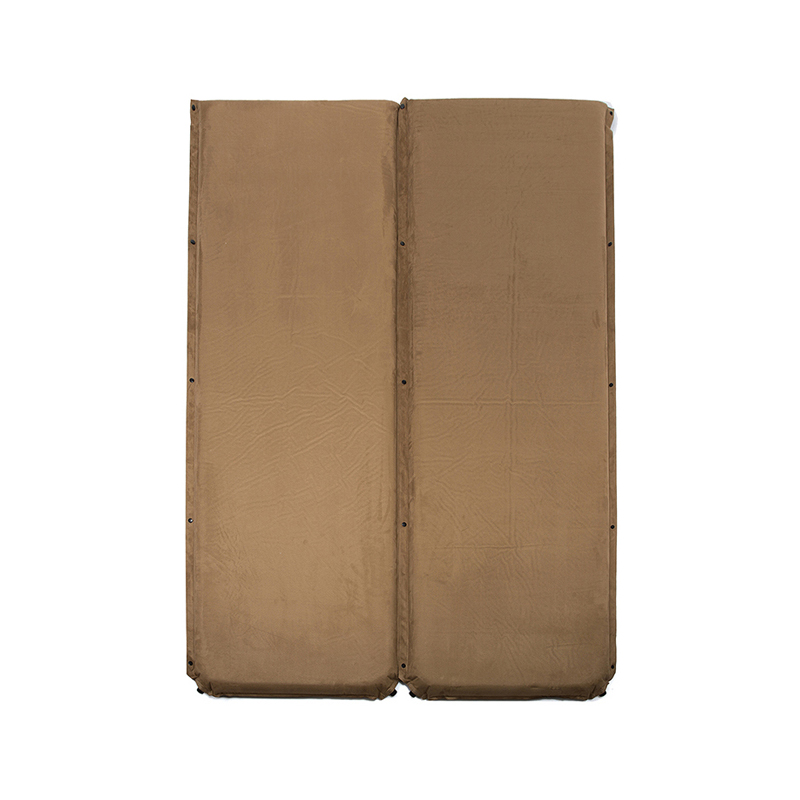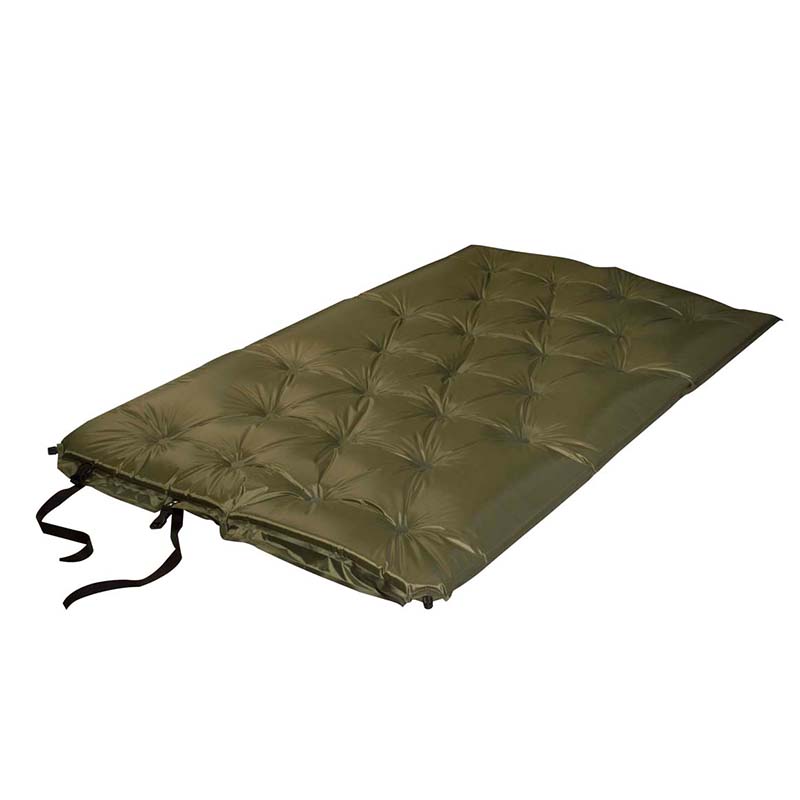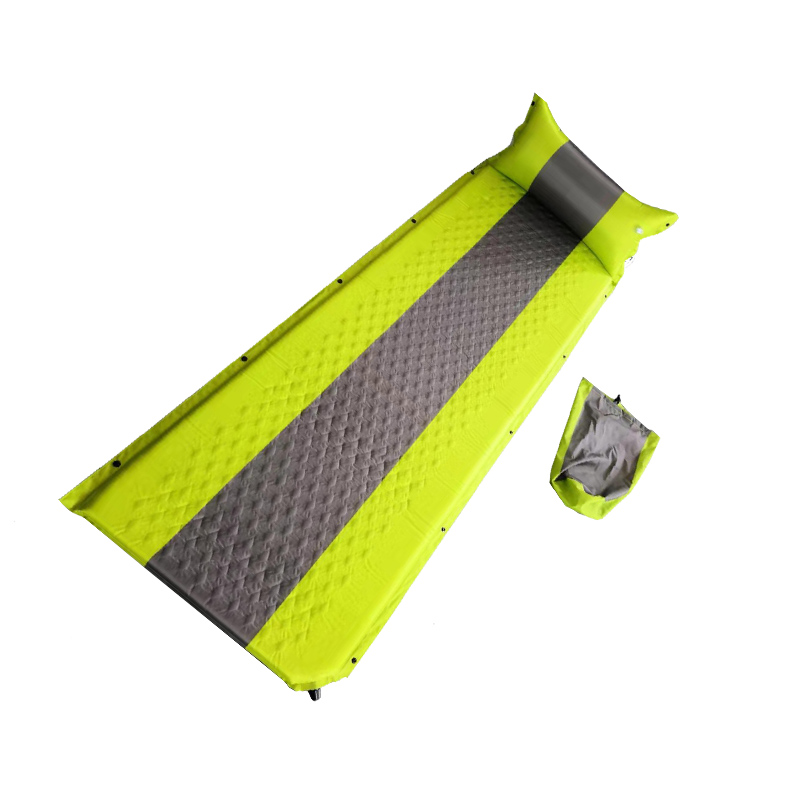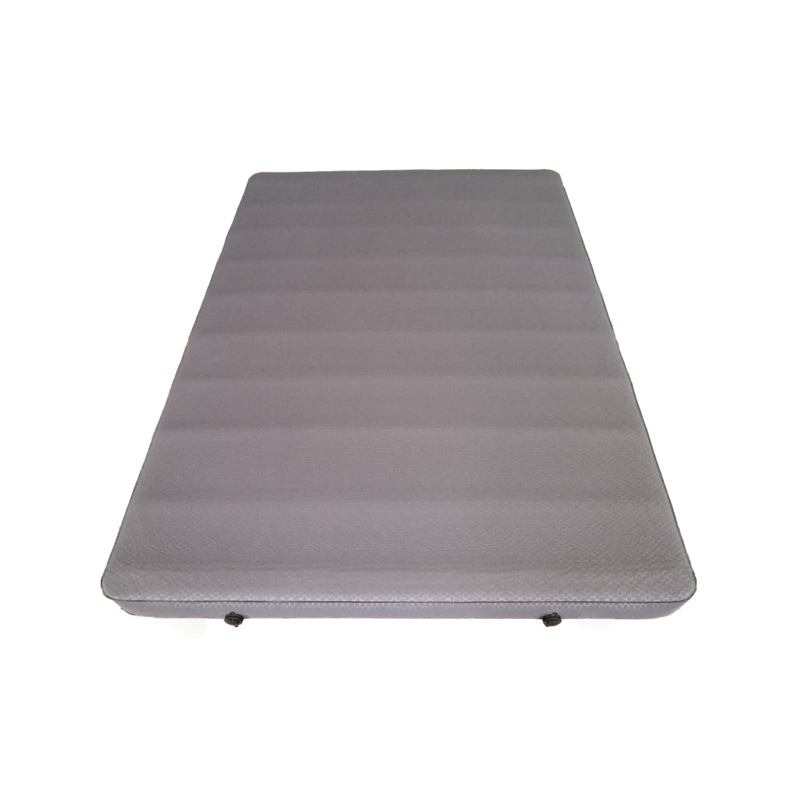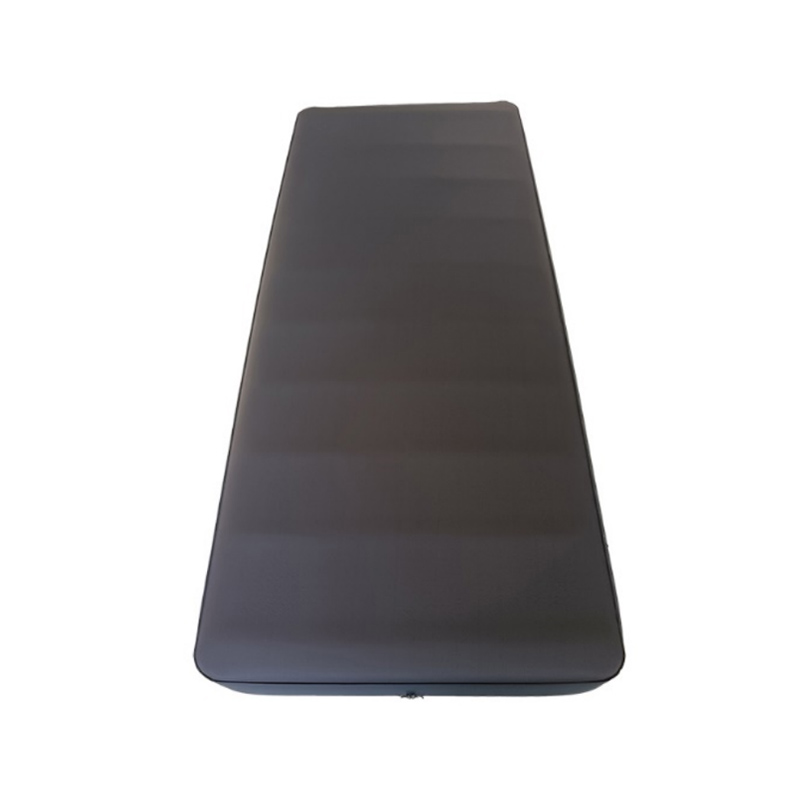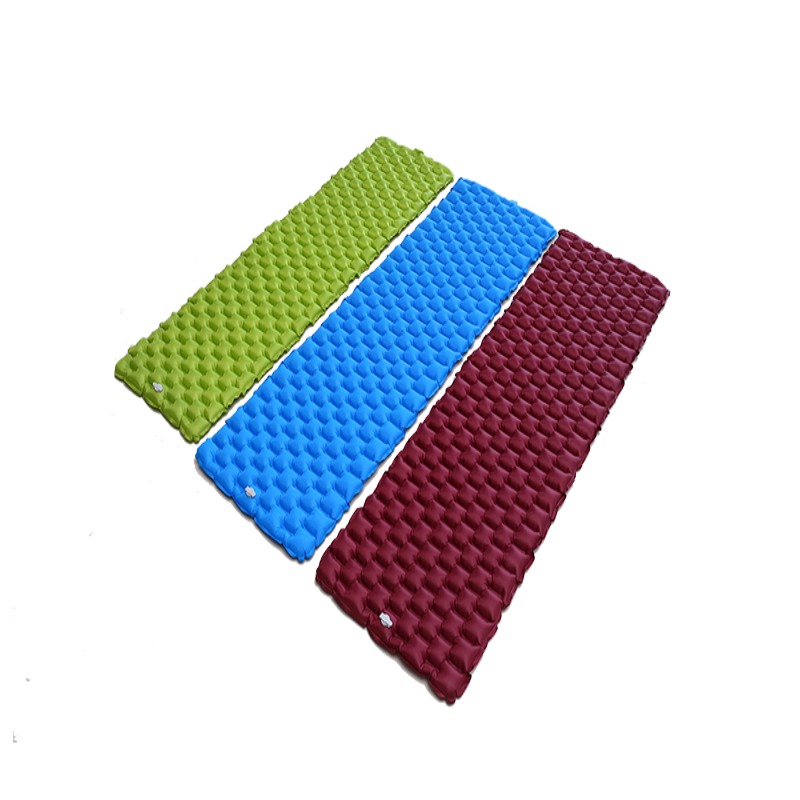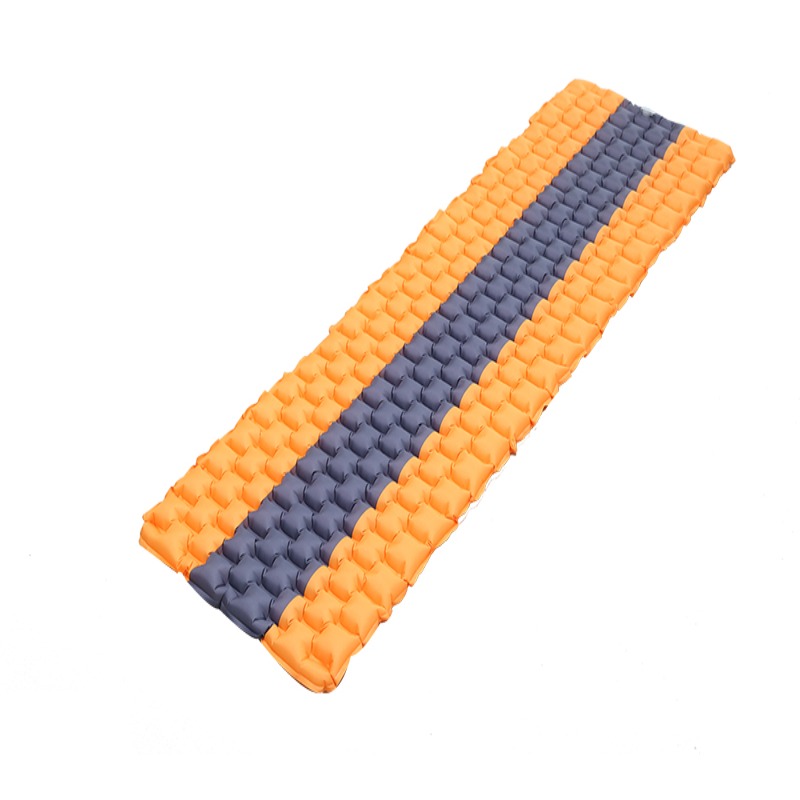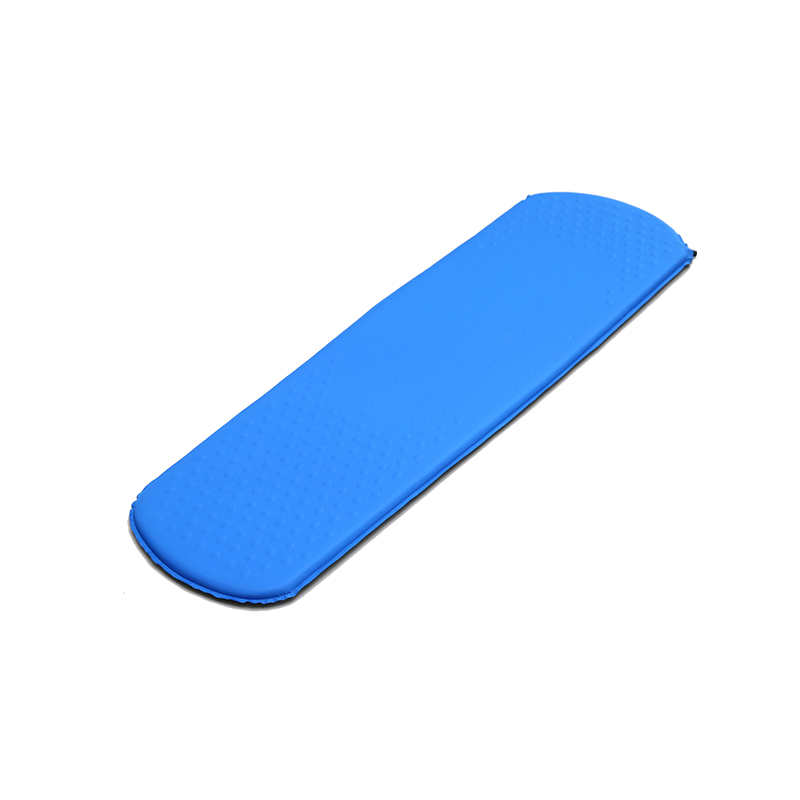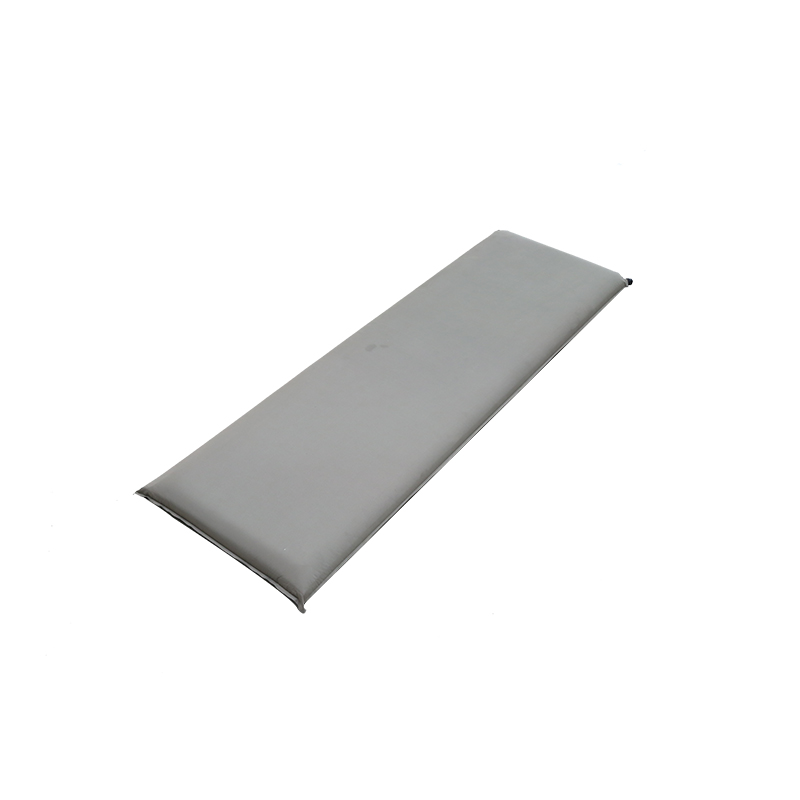How to camp in winter? In fact, the same as usual, just pay attention to keep warm and prevent moisture, so what should be paid attention to in winter camping?
Camp selection
1. The camping location should choose a sheltered place, and try to face the sun from the east, so that when the sun rises, it can be directly illuminated by the sun;
2. Flat land or bushes are better camping sites, because there are fewer unknown risks;
3. You can also build your own camp, build snow walls, and avoid places where cold air gathers such as canyons;
4. In areas with thick snow in cold areas, snow caves can be built to avoid wind and cold. The size of the cave depends on the needs. You can put your backpack in the opening of the snow cave to keep out the wind.
Keep warm in winter camping
1. Wearing inner warm pants to sleep can make you comfortable when you wake up in the morning when there is only zero degrees. Put on middle warm pants and outer jackets before going out. While sleeping, you can put your outer underwear (if not wet) into the sleeping bag, and then take it off in the sleeping bag. When you wake up in the morning, you only need to wear them again in the sleeping bag.
2. Try not to leave too much space between the sleeping bag and our body, because the more space, the body needs to produce more heat; on the contrary, put the clothes to be worn the next day, not only It can reduce the energy required for the body to heat up, and it can also be worn with warm clothes the next morning.
3. If in a particularly low temperature environment, sleeping bags cannot generate heat and can only keep our body warm. You might as well put some self-heating heat source in the sleeping bag, so that the sleeping bag can be warmed up quickly. Similarly, this little trick can also be used in boots.
4. Don't get into your sleeping bag with your urine. Urine will not only expand your bladder, but can't bring extra warmth. So it’s good to drain it away. But please set up a dedicated and convenient area.
5. Don't bury your face in the sleeping bag when you sleep, because there is only one consequence of doing so: let the moisture caused by breathing condense on the sleeping bag and reduce the heat preservation of the sleeping bag.
6. Do not seal up the tent in a cold environment, otherwise the moisture caused by breathing will condense on the inner wall of the tent because it cannot be evaporated, forming snow and dripping water.
7. Make a temporary hot water bottle by yourself, pour the hot water into the kettle (be careful to use a kettle that can withstand high temperatures), and then wrap the kettle with socks so that you can not only put it in the sleeping bag as a heat source, but also Drink water at the right temperature when you wake up the next morning.
8. If there is wind or snow coming from a certain direction during camping, a large canvas can be used to make a wind wall between two trees that can fix it, so as to make the tent warmer.
9. If you still feel cold, you can try to stitch the two pieces of sunlight reflecting film used in the car together, and then put the sleeping bag in the period, so that the heat emitted by your body will be directly reflected to yourself. But it should be noted that you must remember to open a few holes in the reflective film for ventilation, so as not to wet the sleeping bag.
10. Do not put the sleeping bag on the snowy ground directly. Put pine branches and coat under the sleeping bag to prevent the human body from melting the ice and chilling.
11. Before using the sleeping bag, make it sufficiently fluffy, so that the heat preservation effect is better.
12. Sleeping bags must always be kept dry, and they should be dried on sunny days.
13. After each use of the sleeping bag, let off the warm air in the bag to prevent the warm air from condensing and getting wet when it gets cold.
14. Don't wear shoes to bake your feet. This will not only make it difficult to dry, but also cause moisture to be generated in the shoes. When you go out, walking in the snow and ice will condense into ice, which is prone to frostbite.

 简体中文
简体中文 English
English 日本語
日本語 Español
Español Deutsch
Deutsch